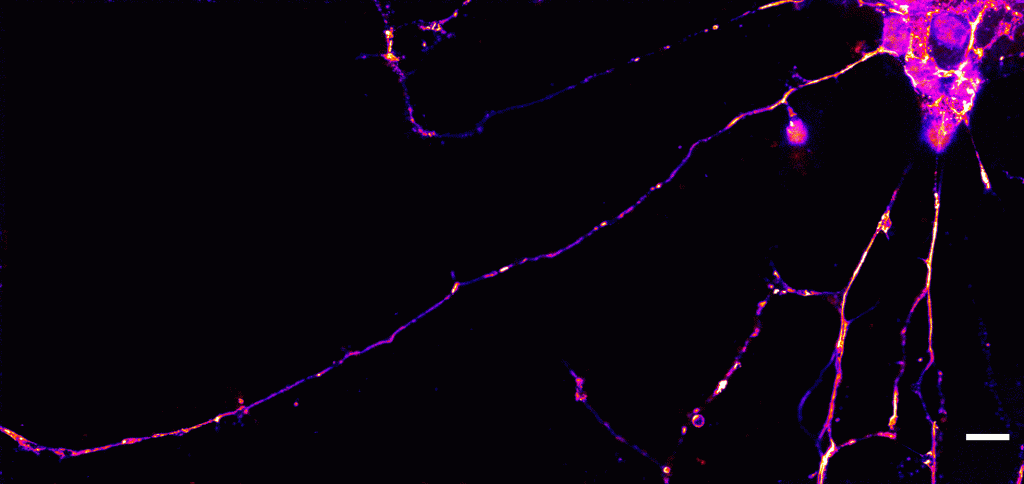Protein misfolding is one of the key events in the pathogenesis of neurodegenerative disorders including Alzheimer’s Disease. Sharad Gupta’s lab is trying to decode the underlying mechanism of protein misfolding and finding ways to disrupt ensuing aggregation pathways. One major research focus is to identify tau aggregation inhibitors including peptides, short molecules or natural products. Along the way, his research group continues to develop methods for difficult peptide syntheses, controlled post-translational modification of proteins and new tools to detect various states of aggregation
- Tau and Alzheimer’s
The primary indicators of Alzheimer disease are neurofibrillary tangles of tau and amyloid plaques from amyloid-β. We are expressing and purifying tau and amyloid-β protein from
- Alpha-synuclein and Parkinson’s
Parkinson’s disease is the second most prevalent disorder after Alzheimer’s Disease. Currently, various treatments to cure and prevent PD is available, but some of the mechanistic studies need to be understood to completely eradicate the disease. Here, we are exploring various mechanistic pathways for inhibition of aggregation or for the formation of non-toxic oligomer species.
- Peptide as Therapeutics
Peptide being a bioactive, specific and non-immunogenic has gained attention nowadays. Looking at this, we are aiming to identify suitable peptides which can act as an aggregation inhibitor for aggregation or fibrillation prone protein like tau, alpha-synuclein or amyloid beta in neurodegenerative disease. We are also involved in the solid phase synthesis of
- Nanobiotechnology
Early diagnosis of Alzheimer’s disease is critical for preventing the irreversible neuronal damage that eventually leads to dementia and ultimately death. We are trying to make biomarker which can be used for identification purpose with the help of nanoparticles, dyes, and peptide fragments.
- Natural medicinal plant extracts
Some of the most important Active Pharmaceutical Ingredients are isolated from medicinal plants such as Vinca Alkaloids, Flavonoids, Alkaloids, etc. These vinca alkaloids are used as cancer drugs. Flavonoids are used as antioxidant agents and which also can be used as anti-aggregation molecules for amyloid proteins such as tau, α-Synuclein,
- Post-translational modification and Cell Culture
Post- translational modifications of proteins play an important role in protein aggregation pathway. We are using SH-SY5Y neuroblastoma cell line as a model system. Further differentiation of SH-SY5Y into neurons gives more insights to understand the different molecular mechanisms.
- Simulation Studies
We also use the High-Performance Computing (HPC) facility of IITGn to run various kinds of molecular dynamics simulation to understand the chemical bonding features behind the formation of amyloid or aggregated structures.


